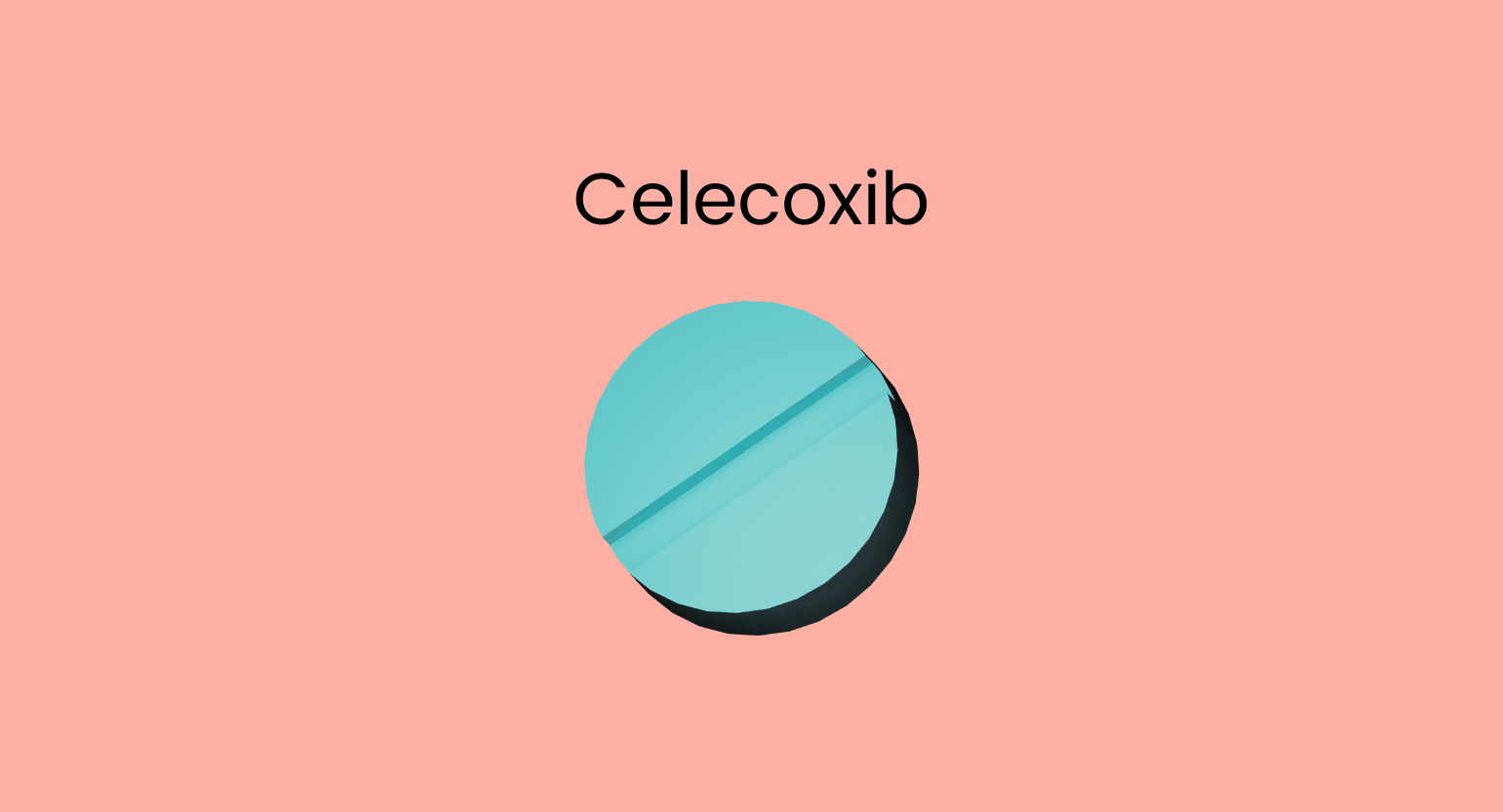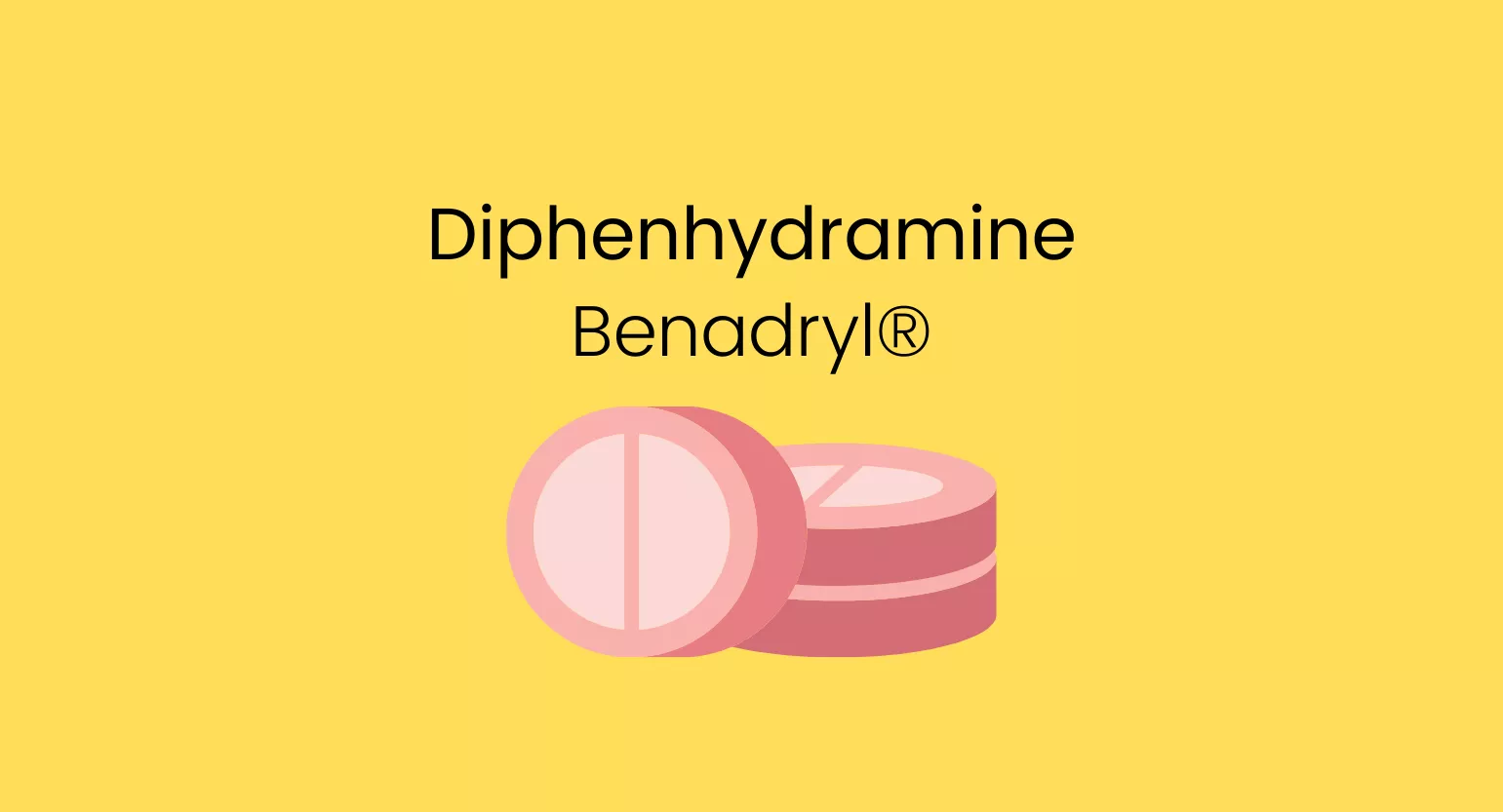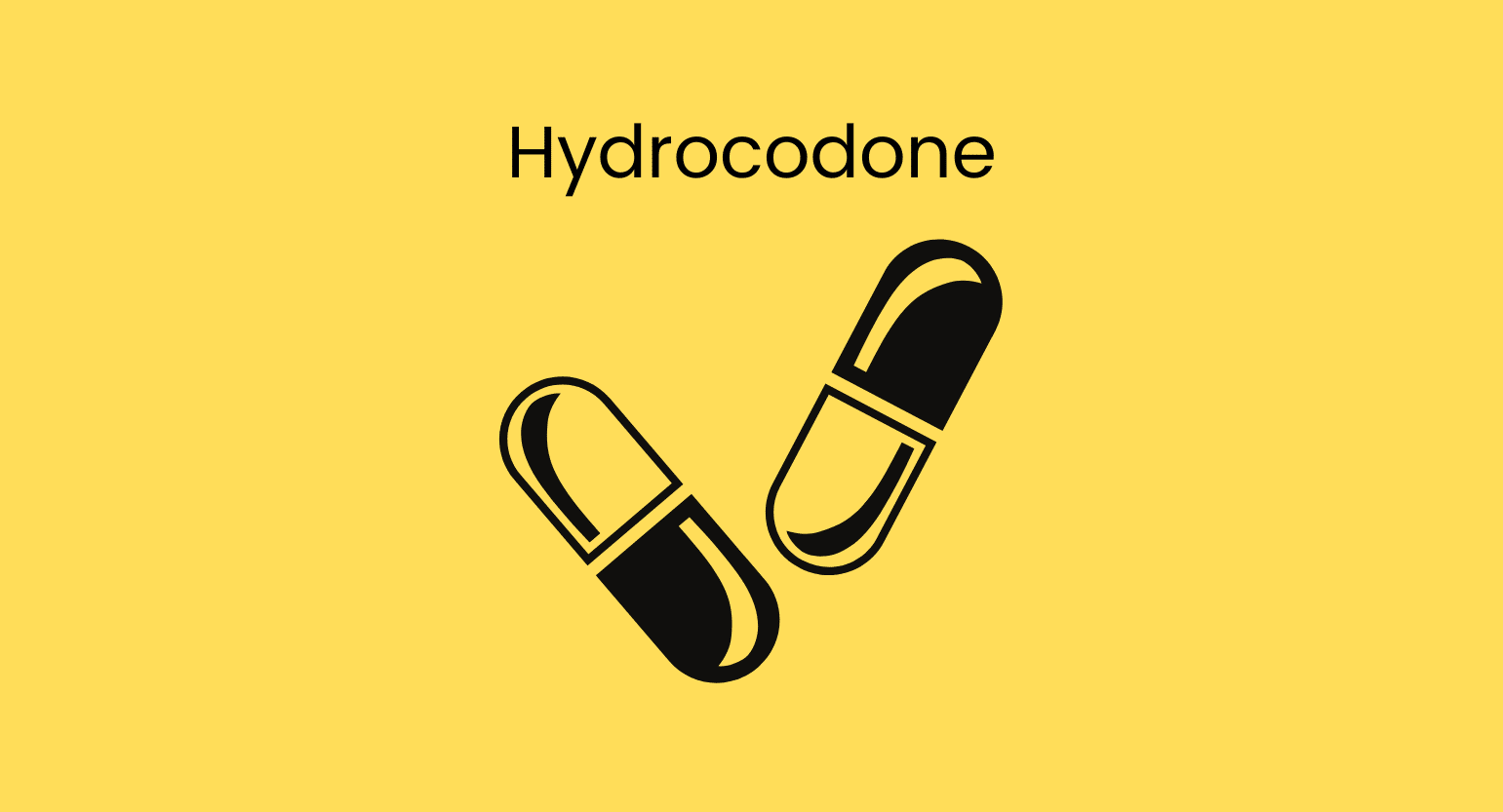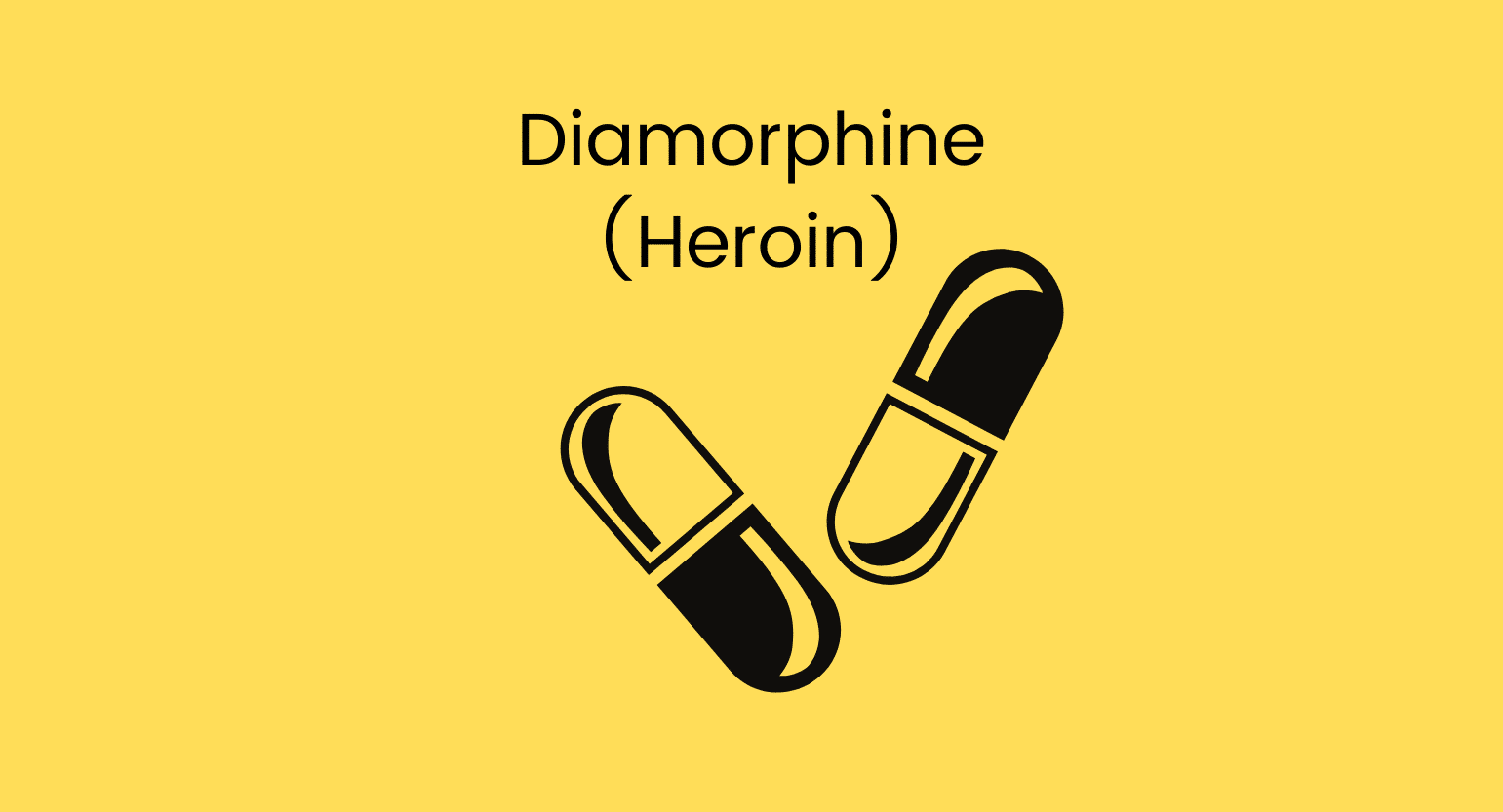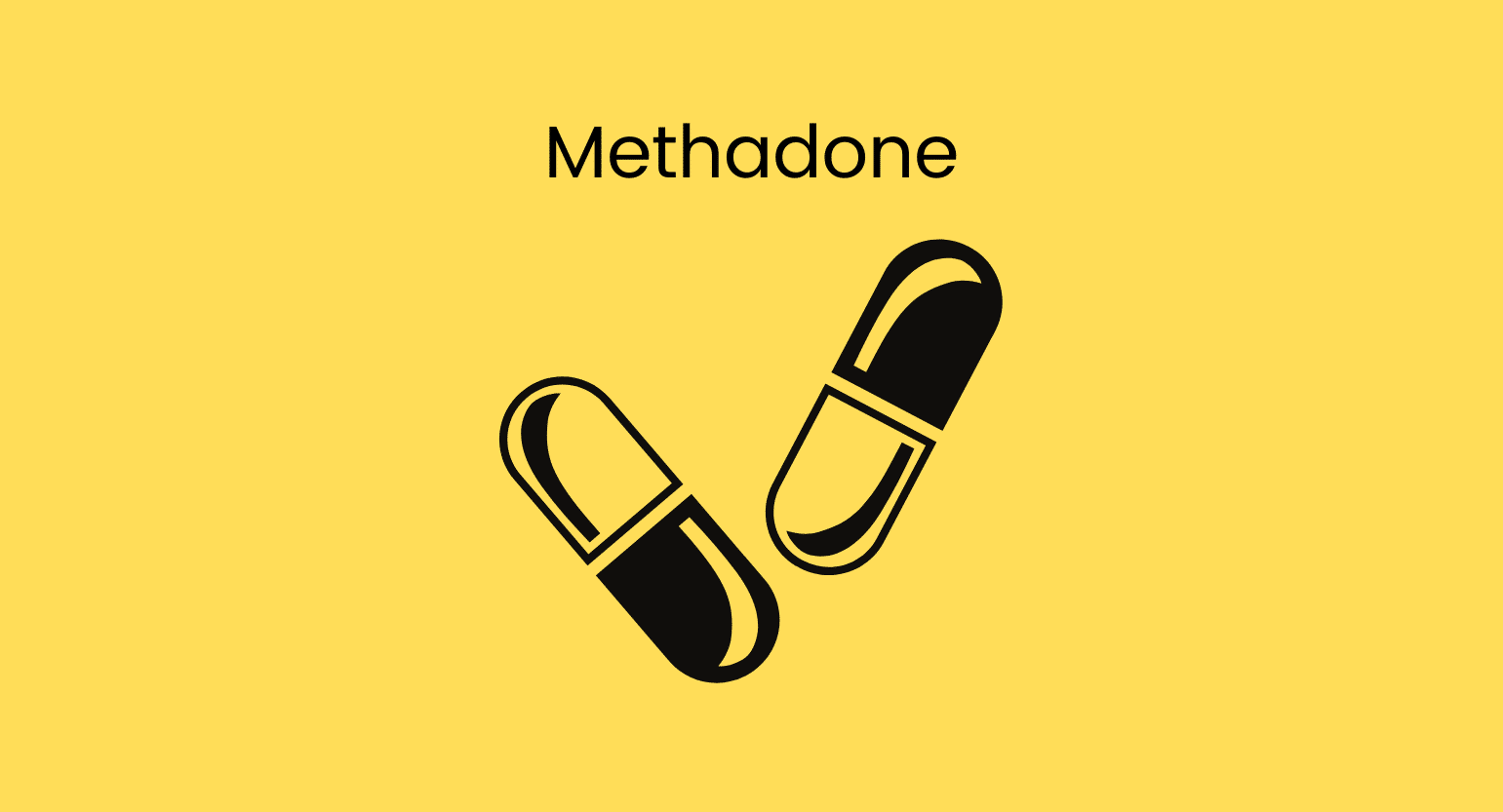Does Kratom Interact With Celecoxib (Celebrex)?
Kratom and celecoxib can interact in two ways — they can boost each other’s pain-relieving effects and can compete for metabolization. This interaction implies a moderate risk of side effects, and it’s best to talk to your doctor before using them both.
Celecoxib (Celebrex) is a non-steroidal anti-inflammatory drug (NSAID) and COX-2 inhibitor used primarily for treating arthritis pain. Kratom is a powerful pain reliever that works in many ways, including the opioid system. Because they both relieve pain, they can cause an overall greater effect when taken together. This phenomenon is known as an agonistic interaction, and it isn’t always a good thing.
Celecoxib is primarily metabolized in the liver by the CYP2C9 enzyme [1]. This is important because kratom has been shown to have a moderate inhibitory effect on that enzyme [2].
Kratom consumption can slow down the metabolization of celecoxib from the body, leading to higher blood plasma levels and an increased incidence of adverse effects.
Is it Safe to Take Kratom With Celecoxib (Celebrex)?
The risk of this combination will depend highly on how you’re taking celecoxib. Never combine medications until you check with your physician.
For example, if you take celecoxib daily at the maximum dosage, it’s likely not safe to use kratom. If you take celecoxib occasionally or are at a very low dose, you could probably consume kratom with moderate risk. Also, if you only consume kratom sparingly, using it alongside celecoxib will likely not put you at serious risk.
Taking both celecoxib and kratom daily is likely a very bad idea. If you feel like you need this combination, consult with your doctor about possible alternatives.
If you have a CYP2C9 deficiency, your risk factor will increase substantially.

What is Celecoxib (Celebrex)?
Celecoxib is a prescription medication that belongs to a class of drugs known as non-steroidal anti-inflammatory drugs (NSAIDs).
NSAIDs work by inhibiting certain enzymes that trigger inflammation and pain.
As opposed to other NSAIDs, celecoxib is a COX-2 selective inhibitor, which means it only inhibits the cyclooxygenase-2 enzyme. This is a newer type of NSAID and has certain particularities. For instance, since celecoxib doesn’t inhibit COX-1, it does not negatively affect the protective lining stomach. This is not true for naproxen, for example.
However, COX-2 selective inhibitors have their drawbacks: they can promote blood clots and are known to increase the risk of heart attacks [3].
Celecoxib is taken orally, and its effects are typically seen within the hour; it has a half-life of 8-12 hours.
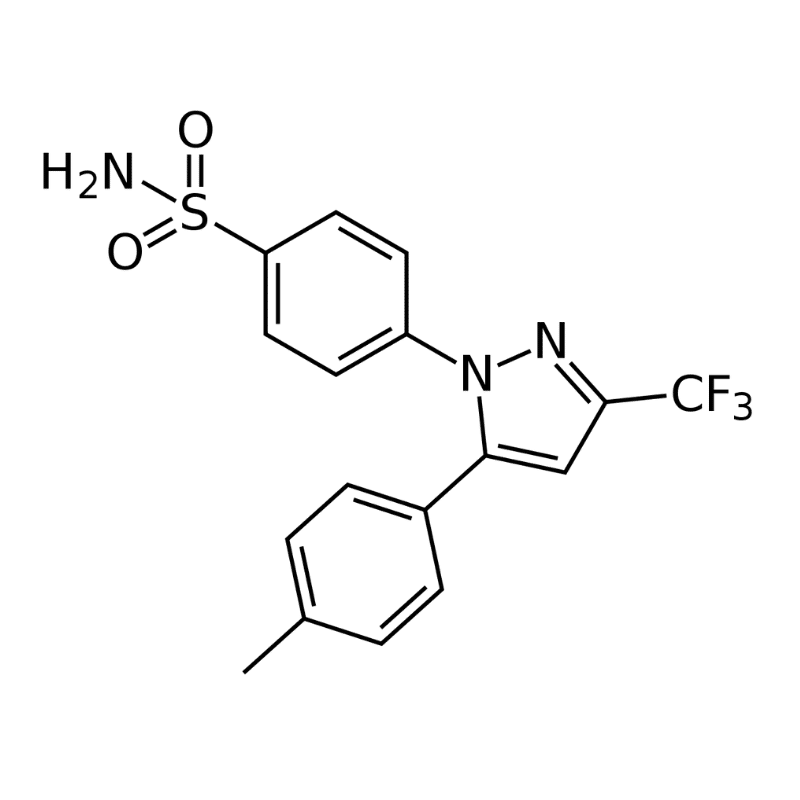
| Drug Name | Celecoxib |
| Trade Name | Celebrex, Onsenal, Elyxyb |
| Classification | NSAID |
| CYP Metabolism | CYP2C9 |
| Interaction With Kratom | Metabolic competitor, Agonistic |
| Risk of Interaction | Moderate |
What is Celecoxib Used for?
Like other NSAIDS, celecoxib is taken for its ability to treat symptoms of pain, inflammation, and fever but is used primarily for arthritis.
The FDA has approved celecoxib (Celebrex) for a vast number of uses:
- Acute Pain
- Ankylosing Spondylitis
- Juvenile Rheumatoid Arthritis (in patients two years and older)
- Osteoarthritis
- Primary Dysmenorrhea
- Rheumatoid Arthritis
Celecoxib has also been used to reduce colon and rectal polyps for those suffering from adenomatous polyposis [4]. However, this indication is not recognized by the FDA.
What’s the Dose of Celecoxib?
The proper dosage of celecoxib strictly depends on the condition being treated.
The FDA recommends the following dosage regimens for each of the following ailments [7]:
- Acute Pain & Primary Dysmenorrhea: 400 mg initially, followed by 200 mg dose if needed on the first day. On subsequent days, 200 mg twice daily as needed.
- Ankylosing Spondylitis: 200 mg once daily single dose or 100 mg twice daily. If no effect is observed after six weeks, a trial of 400 mg (single or divided doses) may be of benefit.
- Juvenile Rheumatoid Arthritis: 50 mg twice daily in patients 10-25 kg. 100 mg twice daily in patients weighing more than 25 kg.
- Osteoarthritis: 200 mg once daily or 100 mg twice daily.
- Rheumatoid Arthritis: 100 to 200 mg twice daily.
Those who suffer from hepatic impairments or people who are poor metabolizers of CYPC29 substrates should consider a reduction of up to 50% of the recommended dose.
If you have a known sensitivity to NSAIDs or are more than 30 weeks pregnant, you should avoid using celecoxib.
Generic & Brand Name Versions
Celecoxib is available under the following brand names:
- Celebrex
- Onsen
- Elyxyb
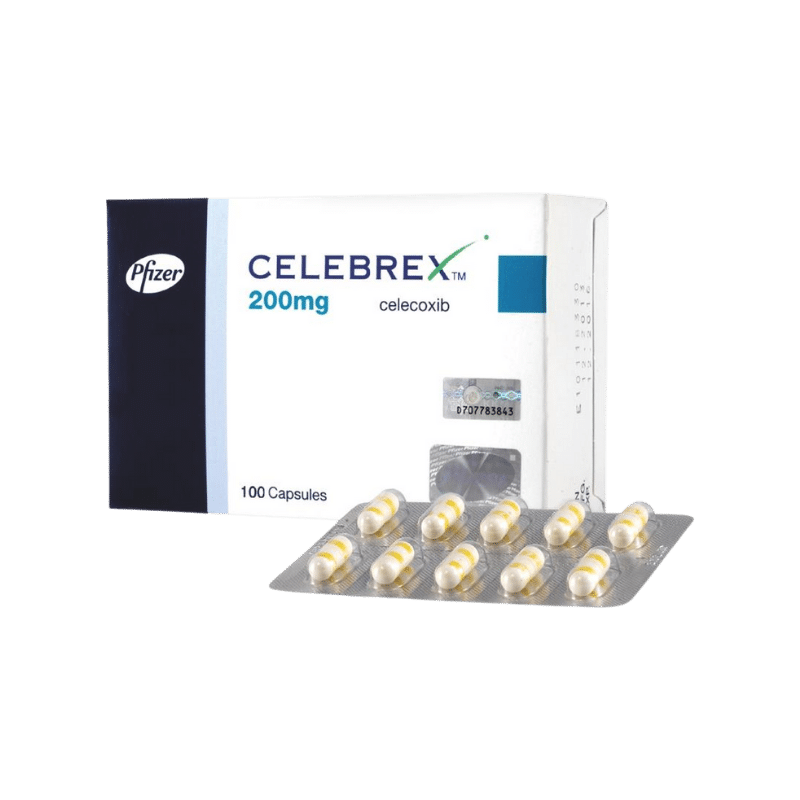
What Are the Side Effects of Celecoxib?
Common side effects of celecoxib are diarrhea, nausea, and abdominal pain. More severe side effects include heart attacks, strokes, gastrointestinal perforation or bleeding, kidney failure, and anaphylaxis [5].
While selective COX-2 inhibitors diminish the risk of peptic ulceration, they present much more risk of heart attacks and strokes when compared to non-selective NSAIDs, such as naproxen. People with a high risk of heart disease should avoid using celecoxib.
There is also evidence that COX-2 inhibitors can increase the possibility of colorectal cancer [6].
What is Kratom?
Kratom is the name given to the leaves of Mitragyna speciosa — an evergreen tree indigenous to Southeast Asia.
Like coffee or the coca leaf, indigenous peoples and local farmers in Southeast Asia have used kratom’s remarkable properties as medicine for centuries. However, it only recently made its way to the western world.
Kratom derives its potent effects from alkaloids, a class of naturally-occurring compounds found throughout the plant kingdom in staggering variety. They are responsible for many of the benefits our leafy friends give us.

What is Kratom Used for?
Kratom has several uses, and they are quite surprising in their variety. As you increase kratom’s dose, its effects bleed into a seemingly distinct profile.
For instance, when you consume small amounts of kratom, it acts as a stimulant and provides a powerful energy boost, increased concentration, and even feelings of euphoria.
But once you reach mid-to-high level doses, kratom displays a whole host of new effects. It begins to act as an analgesic (pain killer) and anxiolytic (decreases anxiety) and promotes feelings of relaxation.
Incredible as it might seem, there’s more. Further research into kratom has found that it can promote sleep, act as a weight-loss supplement, and effectively treat opioid withdrawal symptoms.
What’s the Dose of Kratom?
Since kratom’s effects change depending on dosage, you’ll want to know what is typically considered a low dose and what is more of a high dose.
However, always keep in mind that these are just averages. We are all different, and there are too many factors for formulaic dosage recommendations to be totally accurate.
Check out our kratom dosing guide for a more in-depth breakdown.
But for now, you can follow this basic format:
- 2 – 4 g (low dose)
- 5 – 8 g (medium dose)
- 9– 12 g (high dose)
You shouldn’t do more than 2 grams if it’s your first time. Remember: the smartest thing you can do is always go slow and listen to your body.

What Are the Side Effects of Kratom?
Although kratom is a relatively noble compound, it is not exempt from causing mild to moderate side effects. The chances of experiencing adverse reactions from kratom consumption increase if you take more than the recommended dosage, so make sure you don’t take too much.
The most common side effects of kratom use are the following:
Additionally, it bears repeating that kratom can be addictive. However, this risk is minimal if you use kratom responsibly and take breaks.
Like other substances, never use kratom when pregnant or mixed with drugs or alcohol.
What Are the Different Types of Kratom?
Kratom is available in three primary strains: white, red, and green, though there are other variations besides these. The variations are due to the plant’s different alkaloid profiles and other factors like the soil composition and time of harvest.
The main alkaloids in kratom are 7-hydroxymitragynine and mitragynine.
Try and match your preferred kratom experience with the strain that best fits what you’re looking for.

White Vein Kratom
White vein kratom is associated with the effects of a low dose of kratom.
If you’re looking to enhance your focus or improve your moods, this is the strain for you! It’s also a great choice if you want to replace coffee with something else.

Red Vein Kratom
Red vein kratom is remarkable at eliciting the properties of a high dose of kratom. If you want pain relief or to treat anxiety with an all-natural product, you can’t do better than a red-veined kratom strain.
The kratom community is chock-full of personal accounts of people leaving their pharmacological prescription for red vein kratom. However, don’t do this without your doctor’s guidance!

Green Vein Kratom
Green vein kratom plays by different rules. Instead of highlighting the properties of one part of the kratom spectrum, it gives you a pleasant and balanced experience, letting you try all of what the plant offers.
The only downside is you won’t get the targeted experience of a red or white kratom strain.

Yellow Vein Kratom
Yellow-vein kratom is the odd cousin of the bunch. It’s pretty much the same as green except for one thing: it’s less potent and more calming.
These mile effects make the yellow vein more of a niche strain. It’s often popular with first-timers and those who want a nudge.

Key Takeaways: Is it Safe to Mix Kratom & Celecoxib (Celebrex)?
This combination will probably not cause severe side effects, but it depends on how you consume these compounds. Because of their possible interaction, always check with your doctor first.
Increased levels of celecoxib in your bloodstream lead to higher chances of developing adverse side effects; consuming kratom slows down your body’s ability to clear celecoxib from your system.
If you plan to mix both compounds, you have to keep that basic heuristic in mind. As a rule of thumb, consuming these drugs daily is not a good idea.
- Gong, L., Goswami, S., Giacomini, K. M., Altman, R. B., & Klein, T. E. (2012). Metformin pathways: pharmacokinetics and pharmacodynamics. Pharmacogenetics and genomics, 22(11), 820.
- Hanapi, N. A., Ismail, S., & Mansor, S. M. (2013). Inhibitory effect of mitragynine on human cytochrome P450 enzyme activities. Pharmacognosy Research, 5(4), 241.
- Rahme, E., & Nedjar, H. (2007). Risks and benefits of COX-2 inhibitors vs non-selective NSAIDs: does their cardiovascular risk exceed their gastrointestinal benefit? A retrospective cohort study. Rheumatology, 46(3), 435-438.
- Arber, N., Eagle, C. J., Spicak, J., Rácz, I., Dite, P., Hajer, J., … & Levin, B. (2006). Celecoxib for the prevention of colorectal adenomatous polyps. New England Journal of Medicine, 355(9), 885-895.
- Bhala, N., Emberson, J., Merhi, A., Abramson, S., Arber, N., Baron, J. A., … & Baigent, C. (2013). Vascular and upper gastrointestinal effects of non-steroidal anti-inflammatory drugs: meta-analyses of individual participant data from randomised trials. Lancet (London, England), 382(9894), 769-779.
- Greenhough, A., Smartt, H. J., Moore, A. E., Roberts, H. R., Williams, A. C., Paraskeva, C., & Kaidi, A. (2009). The COX-2/PGE 2 pathway: key roles in the hallmarks of cancer and adaptation to the tumour microenvironment. Carcinogenesis, 30(3), 377-386.
- Cohen B, Preuss CV. Celecoxib. [Updated 2022 May 11]. In: StatPearls [Internet]. Treasure Island (FL): StatPearls Publishing; 2022 Jan-. Available from: https://www.ncbi.nlm.nih.gov/books/NBK535359/

